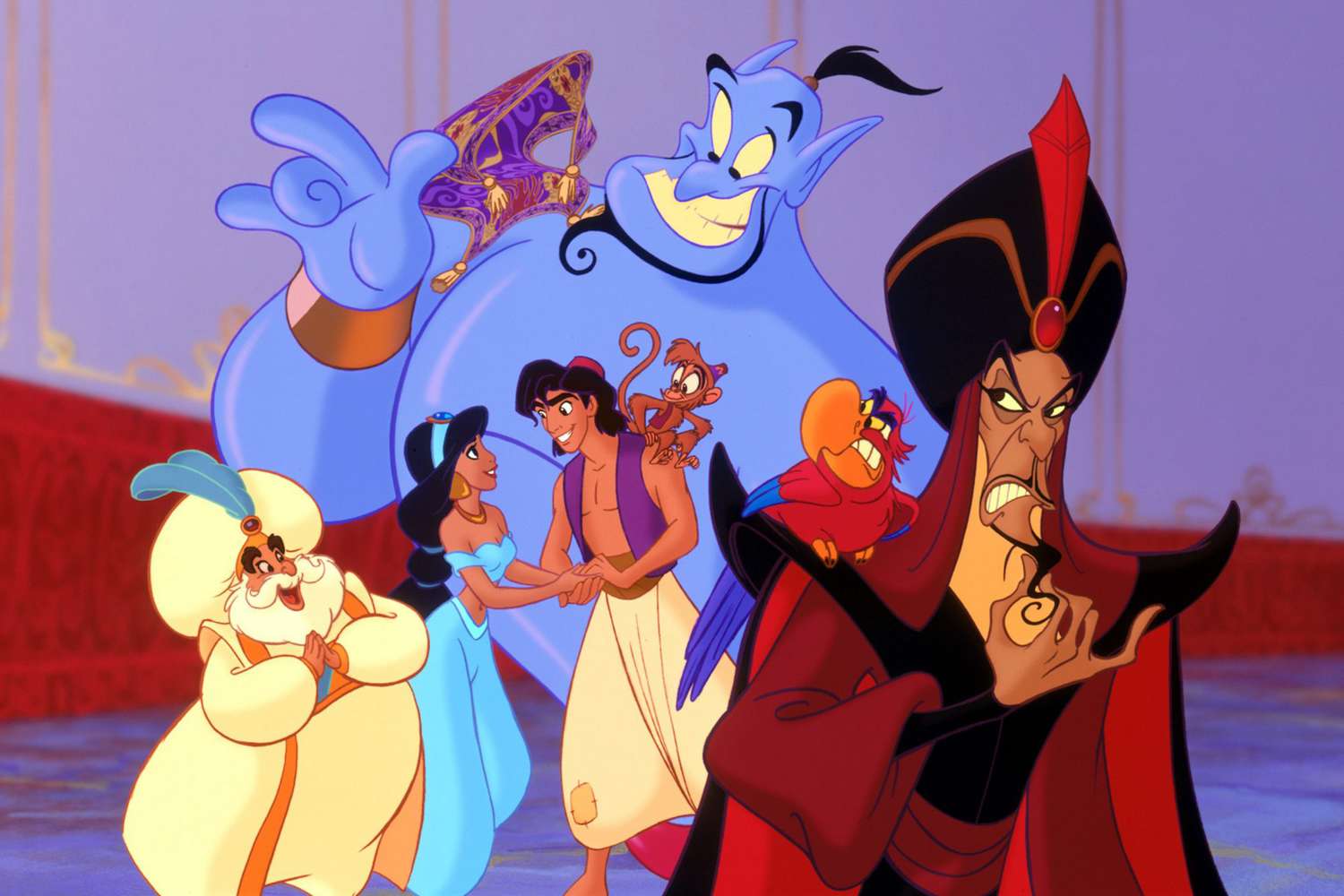Dana Gould is a horror geek of the first order. Armed with his passion for the genre and his unique comedic sensibilities he created an exceptional horror comedy show at IFC in Stan Against Evil. Join us at That’s My Entertainment as we sit down for an epic chat about all things Willard’s Mill with the man who created Stan.
Big Night in Willard’s Mill
TME: So, Wednesday is the big night. Stan and company have had a very great story arc which really showcased each character well. Tell our readers what you can about the finale.
DG: It culminates in Stan’s ill-advised desire to go back in time and also into the past which never turns out right. He will find that what it takes to get there leads to some terrible mistakes.
When he gets there, he makes more. It’s good intentions gone wrong. One of my favorite things to write about the law of unintended consequences.
This will definitely be an example of that. Even good ideas can go wrong and I don’t think this was ever a good idea.
TME: How do you think the fans will react to it?
DG: I think the fans are going to love this because all of the characters have their moments. I think it’s a very ambitious story for a half-hour horror comedy. I sort of wrote it the way I would have written a Doctor Who episode.
It tells a story on a big canvas. You get to see Willard’s Mill had things gone differently and then you go back and forth. I think the fans are really going to like it. The last episode is the most ambitious story I’ve told so far.
A Delicate Balance
TME: Stan is a great example of the two genres of horror and comedy marrying well. It can be a delicate balance.
DG: It is a very, very delicate balance. It happens to be the only thing I know how to do.
TME: How do you integrate your background in observational comedy into Stan?
DG: That’s a great question. Writing Stan gives me an opportunity to take some of my observations about the world and give them a voice.
A great example would be in episode five where Evie and Deborah are watching The Fiancé, which is our parody of the Bachelor. The whole monologue that Stan gives about those shows, “That’s why we know marriage is sacred. We give one away as a prize on a game show.”
Those are all things that I have said to my daughters when I’ve caught them watching the Bachelor. It just gives me an opportunity to work them into the show.
Comedy Boot Camp
TME: Do you think your time on the Ben Stiller Show served as a boot camp for writing & performing? Both of which you are doing on Stan Against Evil. How did this experience help you with your writing for Stan?
DG: We are going back in time. There’s no question. What I learned the most from the Ben Stiller Show which really set the template for Stan was how to take things that I was interested in and turn that into a piece of comedy or a piece of entertainment.
At the time of the Ben Stiller Show, I had a brief period where I was really into The Doors. I’m not proud of it. Some people get into drugs, I just get into bad music. Out of that came Oliver Stone Land and it gave me an opportunity to write about the stuff I was into at the time.
That’s really what Stan is, I am a big horror movie fan and this gave me the opportunity to take the stuff I love and live in that world. At the same time, I get to be funny which I sort of have no option when it comes to that. It’s very hard for me to write anything and not try to make it funny at the end of the day.
It Came from Collinsport, Maine

TME: There was definitely an homage to American Werewolf in London with the Werepony episode. What movie or television show started your love affair with monsters and horror?
DG: Dark Shadows. I got into when I was about four years old. My older brothers used to come home from school and watch it when I was a kid.
So much of Stan is influenced by Dark Shadows. The color palette is the same, the music is very evocative of it. Then when I was about ten, eleven and twelve there was a show I watched called Kolchak: The Night Stalker with Darren McGavin.
That cemented it for me. I also grew up watching the Universal classics, those horror movies when I was a kid. That was really what sort of set the die for Stan.
TME: You can definitely see Kolchak: The Night Stalker as a Stan influence especially with the monsters. I know that you said in another interview that you are dying to get the moss monster in the show one way or another.
DG: Yes, I am! I actually have a very good idea for next season so that I can have it.
Future Plans
TME: Now that season two is ending are you already hard at work planning season three? Do you have an idea of the general direction for next season?
DG: Yes, absolutely! Very much so. I am so lucky as a writer because in addition to working with other great writers like Jessica Conrad who wrote the finale, episode eight and in addition to having great collaborators as writers, I also have this amazing cast.
It really is like a repertoire company. They get to play so many different things. They get possessed, they get to play demons. What I think will be a very interesting arc once we extricate ourselves from the corner I paint us into at the end, which I do every season, I would like to see Janet and John flip roles, not personalities.
Janet is the very open minded one and John is the hard ass. With the experiences they have had this season, I’d like to see that flip. I’d like to see Janet exert a little more control as Sheriff and try to bring this whole situation to a head.
John’s experience is going to force into play contrary to his natural role and he’s going to have to be a little more open minded. When Mulder becomes Scully and Scully becomes Mulder. I think that’s what season three should be about.
TME: When I think back to various episodes of the X-Files, there were several that pertained to the origins of characters on the show like the Lone Gunmen, the Cigarette Smoking Man and for season 11, Skinner’s backstory. Have you thought of doing something like that on Stan? We saw a bit of why Stan became a cop. Do you have any plans to go into the past for that type of story with any of the characters?
DG: Yes! The character that I think has the most potential for an interesting backstory and I sort of read into it a little bit this year is Kevin, the caretaker of the cemetery. All of those stories that he tells are true.
Just no one seems to care about them. I think at the end, at some point, so much of the curse of Willard’s Mill revolves around the cemetery, it’s not an accident that Kevin is in charge of it. I think that is all going to come together at the end.
You have to keep Evie sort of pure in the backstory because she is standing in for the audience. You have to keep her devoid of those influences for the audience’s perspective.
Will They, or Won’t They?
 TME: With Denise and Kevin, the fans have a very Mulder and Scully type interest in them, in terms of their relationship.
TME: With Denise and Kevin, the fans have a very Mulder and Scully type interest in them, in terms of their relationship.
DG: That’s exactly it! No one was more surprised than me and I play Kevin!
TME: Are there plans for future episodes to see their relationship develop?
DG: Oh, yeah! Absolutely! Because I believe in surprising the fans. People love Denise so much that they want her to be happy and if she likes this guy then they should be together. I absolutely think that there is a life for these two characters together but what that does is put Kevin in Stan’s orbit.
Kevin and Stan have a very strange relationship. I think it’s because John and I as people have a good relationship. Kevin isn’t someone that Stan would
normally like but there is a sense of respect there. Both of them are civil servants. I think we will see more of that.
The Real-Life Stan
TME: When most people think of their parents, they don’t envision them as stars of a horror-comedy show. What about your father inspired you to create Stan?
DG: It was because he was so wrong for it. I wrote a pilot for ABC called Nolan Knows Best. The premise of that show was essentially what if my father came to live with my wife and my kids and myself? That pilot got made.
I played myself. Brian Dennehy played my Dad and the show didn’t go to series but it did get made. When I saw the show, I realized that although the series didn’t go, the character worked. That you could have this intemperate, old school, misogynistic guy but most people would still like him.
To me what I want to do is take him and put him in a show where he didn’t belong. What if I took that guy and put him in the X-Files? What if Dana Scully was partnered with my Dad instead of Fox Mulder?
That was basically the origin of Stan. It’s that simple. What if I took that character and put him where he shouldn’t be but people had to deal with him anyway? It wasn’t that he did fit, it was that he didn’t fit.
What Makes Stan Tick?
TME: John C. McGinley said that Stan’s motivation in season one was “get to the chair.”
DG: Right. John’s a real actor. He has a very disciplined method that he works from and for John what motivated Stan in the first season was “get to the chair.” That’s all he wanted to do.
He was forced into retirement, so screw you. Now, with the second season he has a very different agenda. He wants to reunite with Claire to become whole. Not every episode of the second season was based on that journey.
So, what he is doing in those other episodes is he is resting and preparing for that journey. John is a very serious and dedicated craftsman. With the rest of the cast, nobody is phoning it in because everybody on the show is such a pro that’s not an accident.
Jumping the Shark Prevention
TME: Some shows, as you know when they go on in perpetuity there’s that theory of how do we not jump the shark. Do you ever think about that?
DG: Oh, yeah. Every time I start a script I’m afraid I’m going to jump the shark with it. I think to me the shark will not be jumped as long as the characters never make fun of their situation. The characters take the danger that they’re in very seriously.
The danger is always very real and the comedy comes from them behaving like regular people. That’s the American Werewolf template. The reason that movie works is because the guys don’t act like they’re in a werewolf movie. They act like regular guys.
Same thing is true of Stan. These people don’t really behave like they’re in a horror movie but a horror movie is happening around them. That would be the algorithm of the show.
TME: Because the characters play it straight while the horror is happening around them do you think that is why people identify with Stan, Evie, Denise and Leon?
DG: They behave in the way an audience would behave. It’s the reason that Brody is so important in Jaws because Brody is the only one who is afraid of the shark in the way that the audience would be afraid of the shark.
People who relate to Stan in these situations would still be making wisecracks and would also be nervous and scared. No one’s brave in the show. They are only brave when it is self-preservation.
Changing Weather

TME: There has been a shift in the industry to go a little more mainstream with entertainment. Being a fan of horror, Chiller met an untimely demise. As the creator of a horror comedy niche type of product how do you feel about that?
DG: It’s a little heartbreaking. We are the niches niche. I like to think that there is always an audience for it. I also think that horror is like comedy in that it’s not the main course. It’s a side dish.
That might have been the issue with Chiller. 24-7 of something. When I was a kid the great thing about horror movies is that they were on Saturday nights at 11:30. If you wanted to watch a horror movie, you had to wait for Saturday night.
We have a nice little niche in IFC’s schedule. All of their programming appeals to a very specific slice of the audience. I look at the schedule as a color wheel and I would like to think we have a place in that wheel.
Stan and Ash Fans Unite
TME: Were you aware that there is a movement to unite the fanbases of Stan with Ash vs Evil Dead? What are your thoughts on it?
DG: I’m incredibly touched by our fans. It’s so flattering to be a part of something that means so much to people that they would go out of their way to do that. I think Stan and Ash are absolute cousins. I totally get that. They share fans.
TME: The fans are very enthusiastic. They are out there asking for more with #KeepStanKilling and #ShovelsUpforSeason3. Do you have a message for the fans about the campaign?
DG: The thing I would stress to them is ask for more. Keep watching the show. Stay on social media and keep talking about it. The more people tune into the show the better it bodes for another season.
If we find ourselves “on the bubble” the fans will be the first to know. When they mobilize to keep a show on it’s the greatest thing. I’ve done it. My promise to them is if we get another season, I will definitely make it a season worth watching.
The Curse
TME: Since the curse is on the constable of Willard’s Mill and Evie is currently in that position, will John C McGinley eventually transition out of the show and remain behind the scenes as a producer? What is the plan for Stan’s character?
DG: The heart and soul of the show to me is the interplay between John and Janet. They are both cursed because they were both the Sheriff. I think they are sort of tied.
I know what happens to Stan at the end of the show. I’ll just leave it at that. Do I think there is a show there without Stan?
The heart of the show is Stan and Evie. They are Mulder and Scully. Without Mulder and Scully, The X-Files wasn’t that good.
The Wrap
 TME: When you talked about the fans staying engaged on social media…
TME: When you talked about the fans staying engaged on social media…
DG: The network pays attention to that. I get metrics every week on the ratings and what we did on social media.
TME: Anything else you would like to add, Dana?
DG: We really love our audience. I think of Stan like that little band you love that still plays. If you’re there for us, we’ll be there for you.
Catch the season finale of Stan Against Evil on IFC, Wednesday, November 22 at 10 p.m. Eastern 7 p.m. Pacific.
If you love the show tweet #KeepStanKilling #ShovelsUpForSeason3 to @IFC and @stanagainstevil on twitter.
Follow Stan Against Evil on
Twitter @StanAgainstEvil
Facebook @IFCStanAgainstEvil
website www.ifc.com

Movie
Allu Arjun: The Stylish Star Who Redefined Telugu Cinema
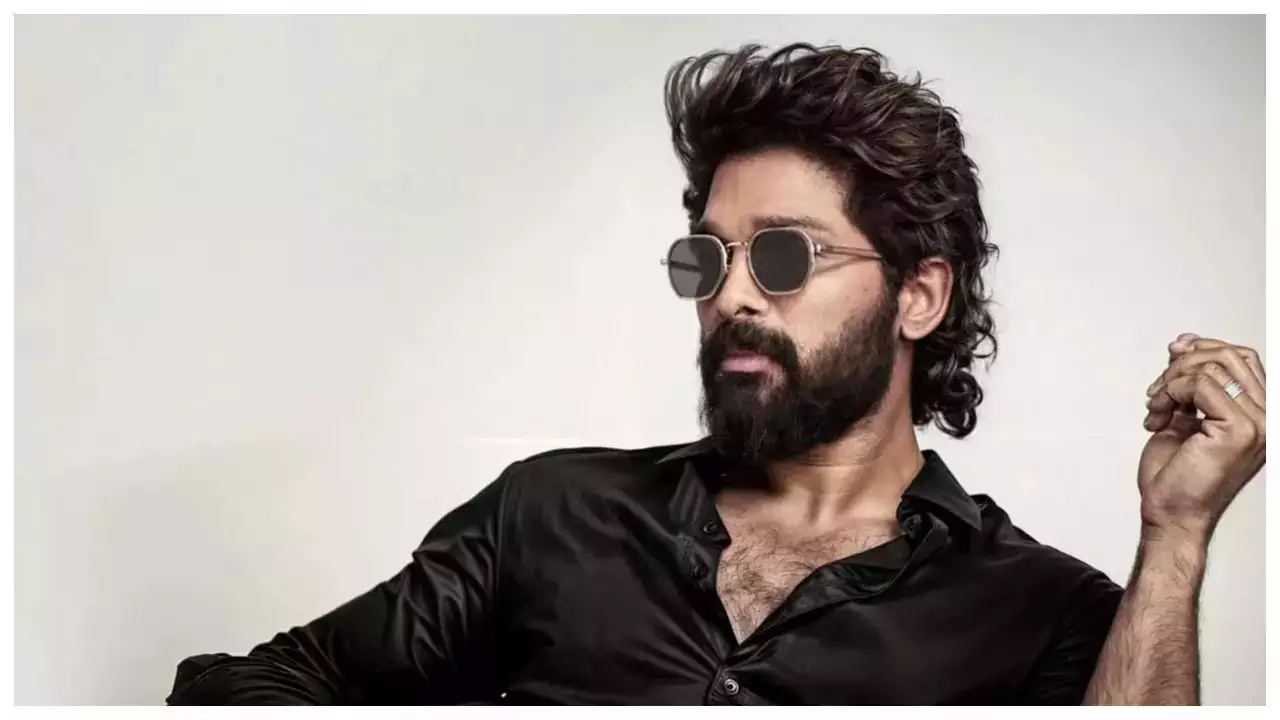
In the ever-evolving world of Indian cinema, few stars have managed to carve a niche as effortlessly as Allu Arjun. Known for his electrifying screen presence, unparalleled dance moves, and ability to adapt to any role, Arjun has become a phenomenon, transcending regional cinema to gain pan-Indian appeal. Whether it’s intense action dramas, heartwarming family entertainers, or stylish romantic films, he has done it all.
Take Pushpa: The Rise (2021), for instance. With a rugged new look and a raw, earthy performance, Allu Arjun transformed into Pushpa Raj, a smuggler who refuses to bow down to power. His signature swagger, powerful dialogue delivery (“Thaggede Le” became a cultural mantra), and intense action sequences made the film a box-office juggernaut. The film’s massive success on Amazon Prime Video only extended its reach beyond Indian borders, turning Arjun into a global icon.
But the star’s magic isn’t just limited to mass action spectacles. In Ala Vaikunthapurramuloo (2020), Arjun showcased his flair for comedy and family drama, delivering one of the most charming performances of his career. His character, Bantu, a middle-class man who discovers his true lineage, resonated with audiences, and his impeccable dance moves in songs like Butta Bomma took the internet by storm. The film’s presence on Netflix made it one of the most-watched Indian films on the platform.
However, Arjun’s journey to superstardom wasn’t built on commercial cinema alone. Films like Arya (2004) showcased his ability to bring depth and sincerity to romantic dramas. Playing the role of a selfless lover who believes in destiny, he delivered a performance that remains iconic to this day. His natural charm and emotional depth made Arya a cult classic, solidifying his reputation as Tollywood’s next big thing.
Even when he steps into full-fledged action mode, he never loses his distinct style and charisma. Sarrainodu (2016) was a high-octane actioner where he played an ex-military man fighting corruption. With power-packed fight sequences, catchy dialogues, and foot-tapping songs like Blockbuster, the film became a true crowd-puller.
But one of Arjun’s most underrated performances came in Vedam (2010), a film that explored multiple narratives and showcased him in a never-before-seen role. Playing Cable Raju, a slum dweller pretending to be rich, he brought a rare vulnerability to the character, proving his ability to balance mass appeal with meaningful cinema.
From ruling the box office to winning six Filmfare Awards South, Allu Arjun’s journey is a testament to his unmatched versatility. Whether he’s setting the dance floor on fire, delivering powerful monologues, or simply owning the screen with his presence, he continues to redefine what it means to be a pan-Indian superstar.
For those who haven’t yet experienced the magic of Allu Arjun, now is the perfect time to dive into his cinematic universe. His films are available on Netflix, Amazon Prime Video, Disney+ Hotstar, and ZEE5, ensuring that no matter where you are, you can witness the rise of the Stylish Star firsthand.
Movie
Empuraan (2025) Movie Review – A Thrilling, High-Octane Malayalam Sequel That Delivers Big
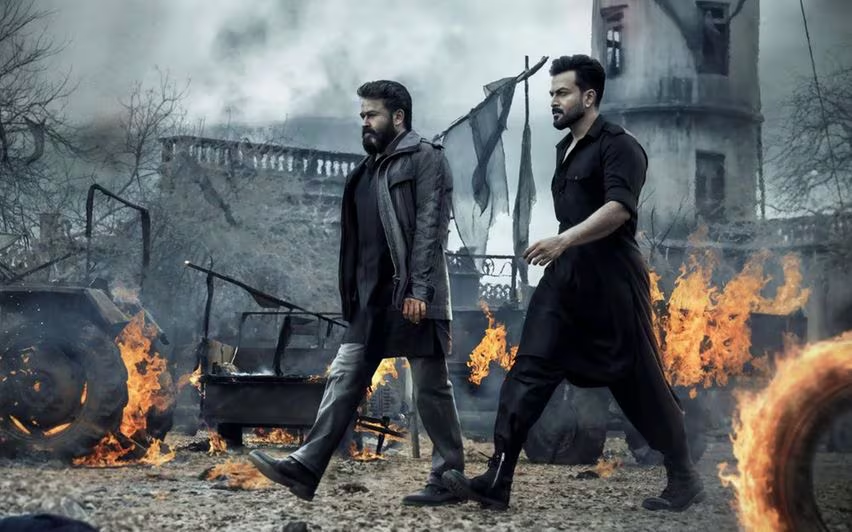
Genre: Action Thriller
Runtime: 2 hours 45 minutes
Director: Prithviraj Sukumaran
Writer: Murali Gopy
Starring: Mohanlal, Prithviraj Sukumaran, Indrajith Sukumaran, Manju Warrier, Tovino Thomas
Studio: Aashirvad Cinemas, Lyca Productions
The Good: What Empuraan Gets Right
Mohanlal’s Magnetic Screen Presence: As Stephen/Khurēshi Ab’raam, Mohanlal owns every scene. His silence speaks louder than words, and his layered performance adds emotional gravity to the action.
Prithviraj’s Direction Shines: Seamlessly balancing intense set pieces with political intrigue, Prithviraj proves again he’s one of the most visionary directors in Indian cinema today.
Murali Gopy’s Sharp Screenplay: The film is packed with political subtext, philosophical dialogue, and thrilling twists that reward patient viewers.
Stunning Cinematography and Score: The visuals, spanning locations from India to the Middle East, are breathtaking. Deepak Dev’s music elevates every sequence, especially the high-stakes confrontations.
Strong Supporting Cast: With Indrajith Sukumaran, Manju Warrier, and Tovino Thomas in key roles, the ensemble delivers solid performances that complement Mohanlal.
The Bad: Where Empuraan Falters
Pacing in the First Half: The film takes its time building the narrative, which may test the patience of action-seeking audiences early on.
Complexity Might Alienate Casual Viewers: With deep political allegories and global criminal dynamics, it’s not exactly light fare — viewers unfamiliar with Lucifer might feel lost.
A Bit Too Long: At 2 hours and 45 minutes, some scenes — particularly flashbacks — could’ve been trimmed without losing impact.
Empuraan Is a Gripping and Ambitious Sequel That Raises the Stakes After the massive success of Lucifer (2019), fans have waited with bated breath for the sequel — and Empuraan does not disappoint. Directed with confidence by Prithviraj Sukumaran, this 2025 Malayalam action thriller expands the universe of Lucifer, diving deeper into the underworld empire of Stephen Nedumpally (Mohanlal) and the origins of the mysterious Khureshi-Ab’raam.
Empuraan is a masterfully executed Malayalam action thriller that expands its cinematic universe with flair. Mohanlal delivers another iconic performance, and Prithviraj continues to evolve as a bold director who knows how to handle scale and subtlety alike. While the film’s pacing and complexity may not appeal to everyone, for fans of intelligent, stylish Indian cinema, Empuraan is a must-watch.
Final Rating: 8.5/10
Recommended for:
Fans of Lucifer, Indian political thrillers, Mohanlal admirers, Malayalam cinema lovers, and viewers who appreciate layered storytelling and high-stakes action.
Movie
Upcoming NTR Junior projects

Nandamuri Taraka Rama Rao Jr., affectionately known as Jr NTR, has consistently enthralled audiences with his dynamic performances and versatile acting prowess. Following the successful release of “Devara: Part 1” on September 27, 2024, fans are eagerly anticipating his forthcoming projects. Here’s an overview of what’s next for this action superstar.
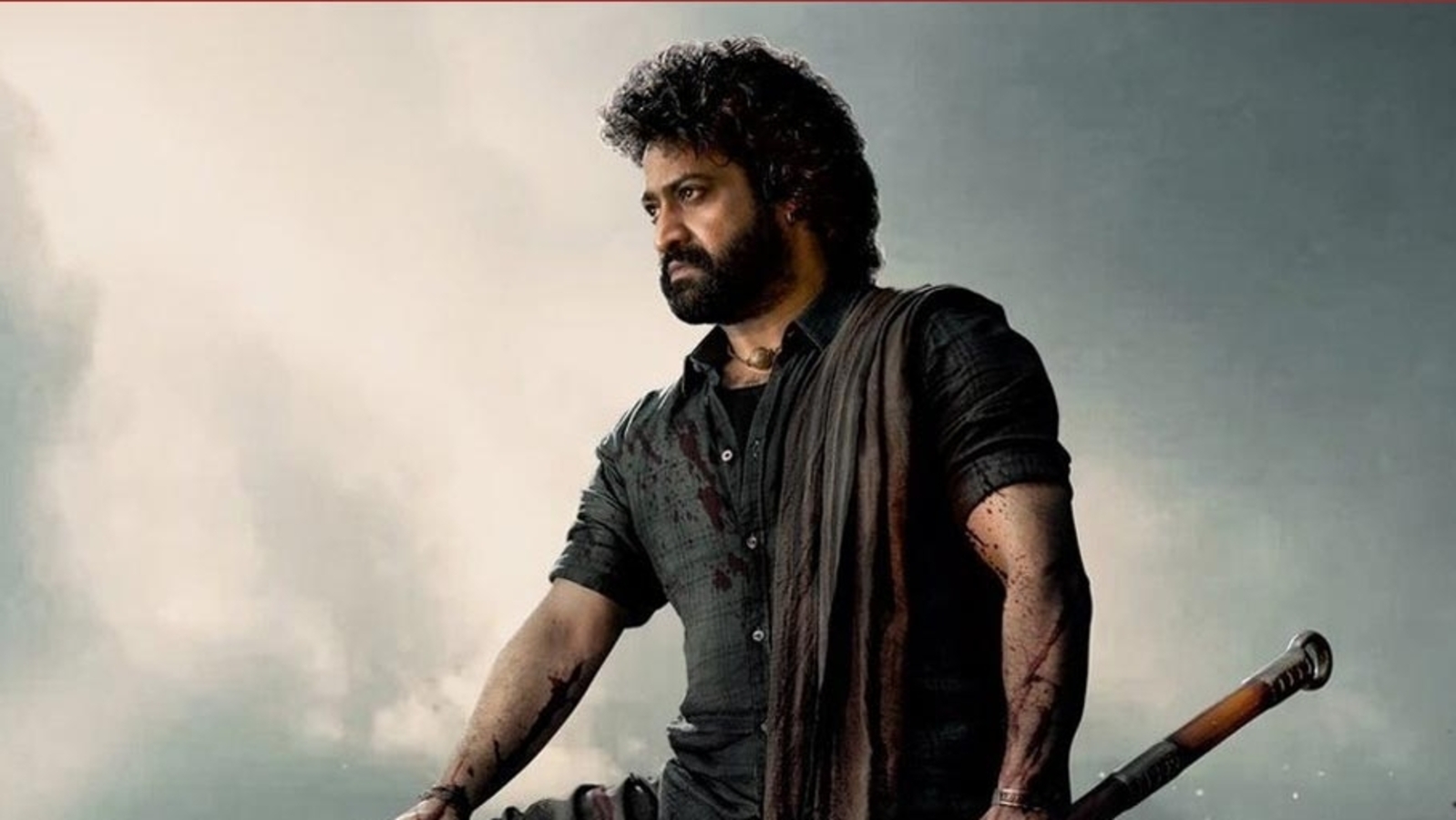
1. Devara: Part 2
After the resounding success of “Devara: Part 1,” which grossed over ₹466 crore globally, the sequel is highly anticipated. Director Koratala Siva has hinted that “Devara: Part 2” will be even more intense, stating that if Part 1 showcased 10% of Jr NTR’s capabilities, Part 2 will unveil the remaining 90%. Filming is slated to commence in the first half of 2026, with a targeted release by the end of that year.
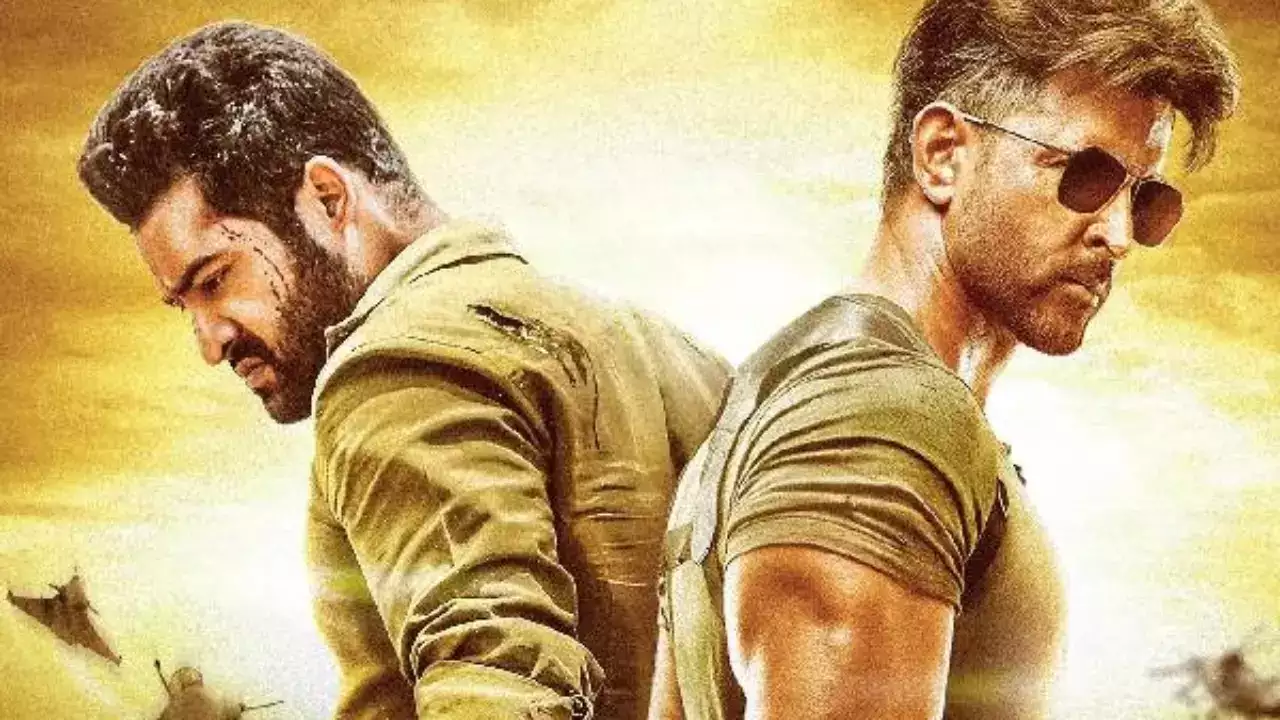
2. War 2
Expanding his horizons, Jr NTR is set to make his Hindi film debut with “War 2,” directed by Ayan Mukerji. This sequel to the 2019 blockbuster “War” will see him sharing screen space with Hrithik Roshan and Kiara Advani. The film is part of the YRF Spy Universe and is scheduled for release on August 14, 2025, coinciding with the Indian Independence Day weekend.

3. NTR 31 (Tentative Title: Dragon)
In collaboration with acclaimed director Prashanth Neel, Jr NTR will star in a period drama tentatively titled “Dragon.” The film is set to delve into themes of immigration and is expected to be one of the most expensive projects for both the actor and the director. The movie is slated for a grand release on January 9, 2026.
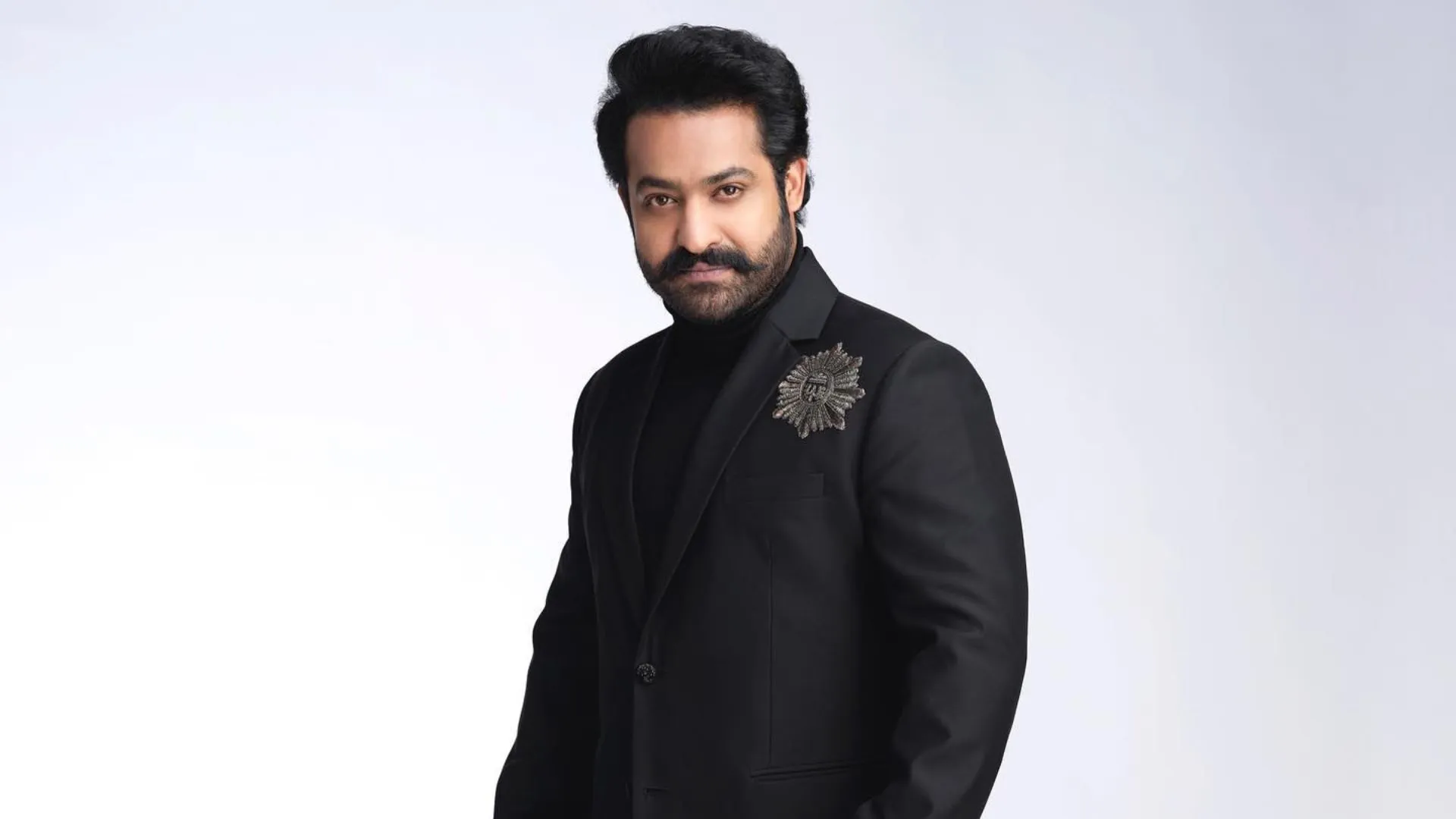
Why Jr NTR is the Action Hero Everyone Wants to See
Jr NTR’s appeal as an action hero stems from his ability to seamlessly blend intense physicality with deep emotional resonance. His performances are characterized by a compelling screen presence, dynamic energy, and a remarkable ability to connect with audiences across diverse roles. This unique combination of skills has solidified his status as a leading figure in Indian cinema, making him the action hero everyone wants to see.
With a lineup of diverse and high-profile projects, Jr NTR continues to push cinematic boundaries and captivate audiences worldwide. His dedication to his craft and ability to reinvent himself with each role ensure that fans have much to look forward to in the coming years.


